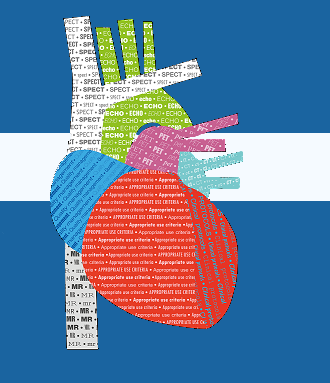Speaker
Dr
Angelica Barrenechea
(St. Luke's Medical Center - Quezon City)
Description
Background: The determination of significant, viable myocardium in patients with severe left ventricular (LV) dysfunction is crucial as revascularization for these patients can reverse their LV dysfunction. Studies have shown that an 18F-fluorodeoxyglucose (FDG) PET scan and a Thallium-201 with re-injection protocol are comparable to each other in terms of sensitivity to detecting viability, while some studies also show that the former is more sensitive than the latter. Currently, however, FDG PET for detecting myocardial viability remains underutilized in clinical practice in the Philippines. As such, the aim of this study is to identify the demographics and characteristics of patients who have undergone myocardial viability imaging, using FDG PET, in the institution with the most number of referrals for the said study. The data gathered may serve as a valuable tool in identifying patients who would benefit more from an FDG PET as opposed to SPECT imaging and encourage clinicians to further utilize FDG PET.
Methodology: A retrospective chart review of the 32 referrals for myocardial viability using FDG PET from June 2002 to December 2015 was done. All of them underwent a SPECT perfusion scan and an FDG PET to assess myocardial viability. Results of the SPECT perfusion scan and the FDG PET were noted and compared.
Results: There were 32 referrals for myocardial viability using FDG PET from June 2002 to December 2015, which is less than 1% of the total referrals for PET/CT. There were 27 males and 5 females, whose ages ranged from 19 to 91 years old. The indication for all of the studies were for the evaluation of myocardial perfusion and viability. The top three co-morbidities in these 32 patients were as follows: 1) hypertension 2) Diabetes Mellitus and 3) dyslipidemia. Of these 32 patients, 31% had a previous diagnosis of myocardial infarction (MI) on SPECT imaging that also showed non-viable myocardium on PET. In contrast, 15.5% of the patients, who had MI on SPECT, were noted to have significant viable myocardium on FDG PET. Thirty-eight percent patients who have no clinical or scintigraphic history of MI but had multiple co-morbidities, showed viable myocardium. Of these 32 referrals, there were also 15.5% who had no clinical or scintigraphic history of MI, but had multiple co-morbidities, were noted to have non-viable myocardium on FDG PET. Based on these results, patients who are noted to have non-viable myocardium on SPECT imaging and/or multiple co-morbidities, may benefit from further investigation of myocardial viability using FDG PET.
Conclusion: Despite the limited availability of FDG PET for myocardial viability and its increased cost compared to SPECT imaging, FDG PET for myocardial viability still offers the opportunity for a comprehensive, accurate and non-invasive evaluation that may greatly impact the management of severe LV dysfunction in certain individuals.
| Country/Organization invited to participate | Philippines |
|---|
Author
Dr
Angelica Barrenechea
(St. Luke's Medical Center - Quezon City)
Co-author
Dr
Emerita Barrenechea
(St. Luke's Medical Center - Quezon City)

